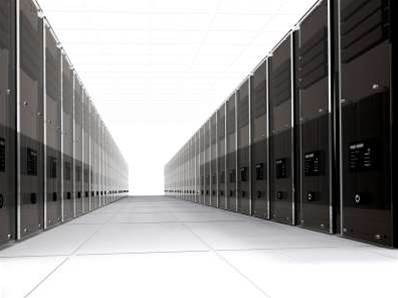
One side was run in the traditional manner, with air conditioners and dust filters and the other used an air economiser which simply sucked out hot air and replaced it with outside air at normal temperature without adjusting for temperature or humidity.
The results were surprising. The unfiltered, uncooled data centre machines suffered a failure rate of just 4.46 per cent, compared to 3.83 per cent for the air conditioned centre, despite having an internal air temperature of around 90 degrees Fahrenheit.
The air in the uncooled centre was passed through simple household dust filters and while the servers became covered with a thick layer of dust over the ten month trial period it didn’t seem to affect reliability.
If the study’s results were extrapolated to a 10 megawatt (MW) data centre the company estimates it would cut power consumption by 67 per cent, yielding a cost saving of US$2.87 million per annum.
“A data center equipped with an air economizer could substantially reduce Intel’s environmental footprint by reducing consumption of both power and water,” said Don Atwood, regional data center manager with Intel Information Technology.
“In dry climates, traditional air-conditioned data centers typically include evaporative cooling using water towers as a pre-cooling stage. With an economizer, this would not typically be used, potentially saving up to 76 million gallons of water annually in a 10-MW data center.”
The test centre was set up in a dry, temperate desert and the results suggest that data centres are capable of operating perfectly well at temperatures approaching 90 degrees Fahrenheit and using much less expensive air conditioning equipment.
The company is now planning on building a one MW test facility and conducting a longer trial to get a more accurate picture of reliability rates.


_(20).jpg&h=140&w=231&c=1&s=0)
.png&h=140&w=231&c=1&s=0)




_(26).jpg&w=100&c=1&s=0)

 iTnews Executive Retreat - Security Leaders Edition
iTnews Executive Retreat - Security Leaders Edition











_(1).jpg&h=140&w=231&c=1&s=0)



